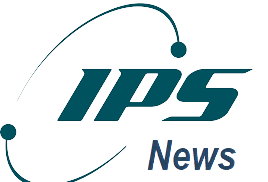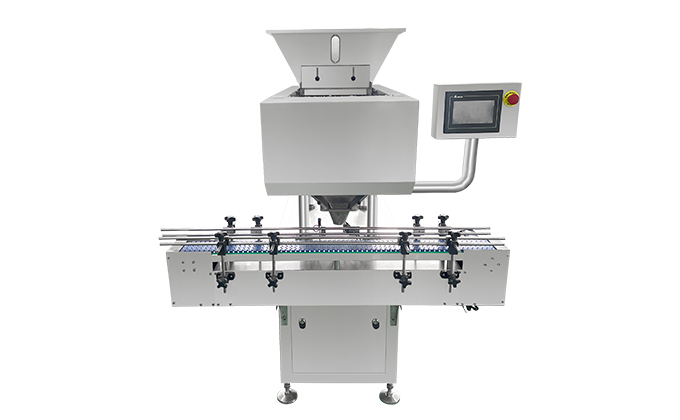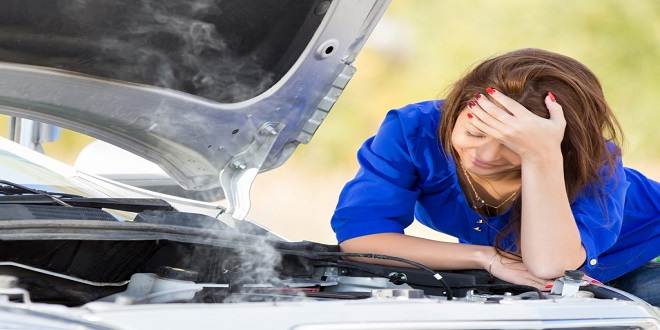Bodywork: Getting Rid of Dings, Dents, and Other Hard Knocks

Your vehicle’s body is subject to the same ravages of time and hard knocks as your own. If you want Old Faithful (or the new pony) to stay forever young, you must keep a careful eye on it and forestall major damage by taking care of the minor stuff as soon as possible.
An earlier deal with proper nutrition and regular maintenance for your vehicle’s innards and how to keep it clean inside and out. This deals with the dings and dents that your vehicle may suffer, and America’s number-one car killer.
You also find out how to touch up paint, replace worn weatherstripping, deal with windshield damage, and, if all else fails, get the best possible deal from body shops. So get out there and spruce up your vehicle — it will love you for it! The following word of warning applies to all the tasks outlined in this NO MATTER HOW OPTIMISTIC AND AMBITIOUS YOU ARE, DO NOT TACKLE ANY BODY DAMAGE LARGER THAN A COUPLE OF INCHES IN SIZE.
Repairing a small area is relatively easy. But if your vehicle has suffered fairly extensive body damage, such as major rusting or large holes, dents, creases, or tears in its metal or fiberglass skin, I advise you to forget about trying to fix it yourself unless you have considerable skill in working with your hands and you really enjoy challenging and time-consuming jobs with less-than-perfect results.
Amateur attempts usually give themselves away with uneven surfaces or color, and the filler or paint may wear away prematurely if the surface isn’t prepared properly. Instead, rely on a professional body shop for appropriate major surgery.
(You wouldn’t try to set a broken leg yourself, would you) I cover body shops and ways to get the best work for your money in the section, “Turning to the Pros for Larger Repairs,” later in this chapter. Whenever you encounter a term set in this font, you’ll find it defined in the glossary in Appendix A.
Getting Rid of Rust
Rust, the “heavy” of this chapter, should probably be called car cancer. It arrives unheralded, eats corrosively into the car’s body in unsuspected nooks and crannies, and — if you’re foolish enough to simply paint over it — goes right on with its deadly work unseen. This imagery may seem excessively grim, but I honestly believe that over the years more fine vehicles have given way to the ravages of rust than have been demolished in accidents.
The good news is that many modern vehicles have aluminum or plastic pieces, hoods, trunk lids, fenders, and bodies that aren’t subject to rust. The first line of defense against rust is to wash and wax your vehicle regularly. See for tips on doing these and other cleaning chores
Checking for rust
If you live in an area where the streets are salted in winter, where it rains or snows a great deal, or near the seashore — in other words, anywhere your vehicle is exposed to moisture and/or salt — you must be especially vigilant about detecting and getting rid of rust quickly.
However, even if you live in a dry climate, you must still make a habit of checking carefully every few months. If you find rust forming, get rid of it before it can do major damage. The paint on your vehicle is there not only for beauty but for protection as well. Paint and clear-coat finishes help retard rust and, on aluminum parts, corrosion and pitting. As long as your paint job is unmarred, metal body surfaces are safe.
Last word
But something as seemingly innocuous as a small scratch can spell the beginning of trouble. Check the following trouble spots and fixed them.





